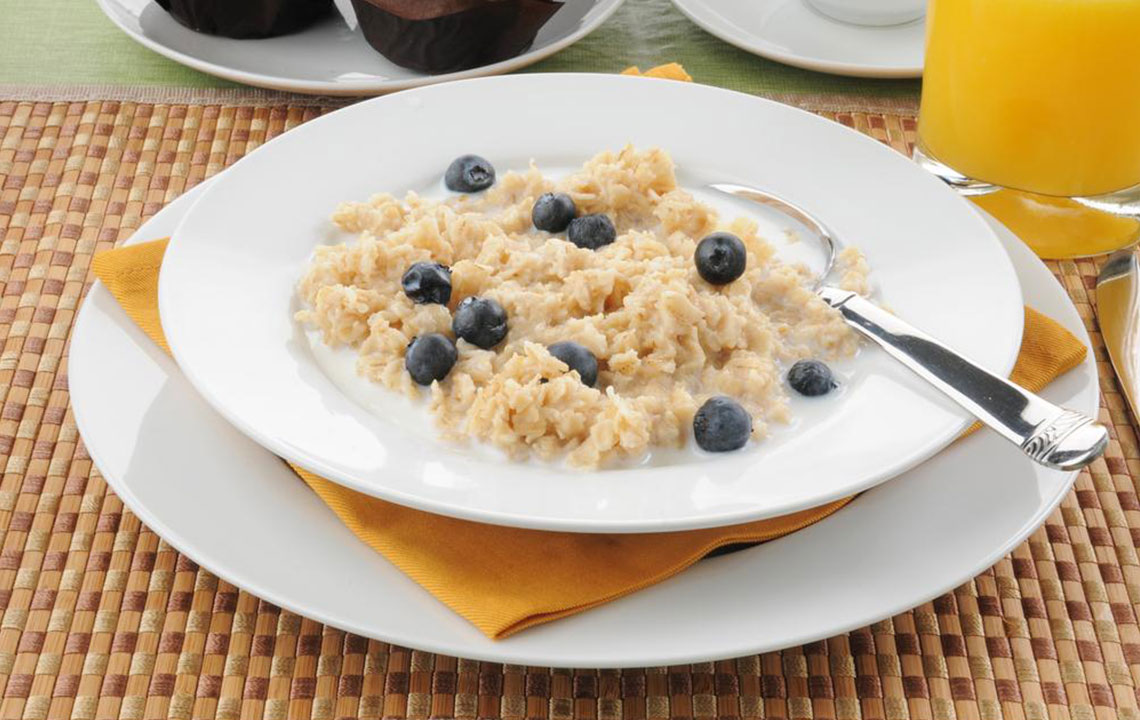A Comprehensive Guide to the Paleolithic Diet: Origins, Principles, and Benefits
Explore the essentials of the Paleolithic diet, including its historical roots, key food choices, and health benefits. Learn how mimicking ancient eating habits can improve modern health, aid weight loss, and promote overall well-being by emphasizing unprocessed, nutrient-dense foods that align with our evolutionary biology.

Exploring the Fundamentals of the Paleolithic Diet for Modern Health
The Paleolithic diet, often referred to as the paleo diet or caveman diet, is a nutritional approach that aims to mimic the eating habits of our early human ancestors. Its primary focus is on consuming whole, unprocessed foods that were available during the Paleolithic era, prior to the advent of agriculture. This dietary pattern emphasizes selecting foods such as various meats, wild-caught fish, nuts, seeds, fresh leafy greens, and seasonal vegetables, promoting a lifestyle aligned with natural eating habits.
In contrast to modern diets that tend to be carbohydrate-heavy and processed-food centered, the paleo diet encourages eating until full without obsessively counting calories. It prioritizes food quality over quantity, aiming to improve overall health, facilitate weight loss, and support muscle development. The philosophy behind the diet is rooted in the idea that the human body is better suited to handle the types of foods that our ancestors consumed, which were free from artificial additives, refined sugars, and processed ingredients.
Modern eating patterns have diverged significantly from these ancient habits due to the development of agriculture and food processing techniques. These shifts have led to increased intake of processed grains, sugars, and unhealthy fats, contributing to a rise in health issues such as obesity, diabetes, and cardiovascular diseases. The Paleo diet seeks to restore a more natural and balanced approach to eating, emphasizing nutrient-dense foods that support optimal bodily function.
Typically, the paleo diet advocates for consumption of lean meats, such as grass-fed beef, free-range poultry, and wild game, alongside wild-caught fish rich in omega-3 fatty acids. Eggs and natural oils like olive oil and avocado oil are included as sources of healthy fats. Fruits and root vegetables like sweet potatoes and yams are eaten in moderation, providing essential vitamins and minerals. The diet discourages processed foods, dairy products, grains, legumes, and refined sugars, which are seen as incompatible with our evolutionary biology.
Adopting a paleo diet can bring numerous health benefits, including improved metabolic health, increased energy levels, better digestion, and weight management. Because of its emphasis on whole, unprocessed foods, many individuals experience reduced inflammation and enhanced immune function. However, adopting this diet requires careful planning to ensure all nutritional needs are met, especially for those with specific health conditions or dietary restrictions.
In conclusion, the Paleolithic diet offers a unique perspective on nutrition rooted in our evolutionary history. While modern life has drastically changed the way we eat, returning to the principles of the paleo diet can help support a healthier lifestyle by focusing on nutrient-rich, natural foods that promote overall well-being and longevity.





